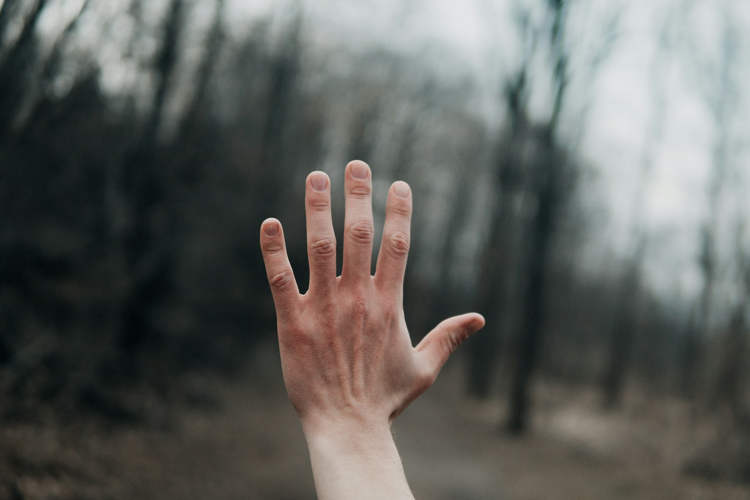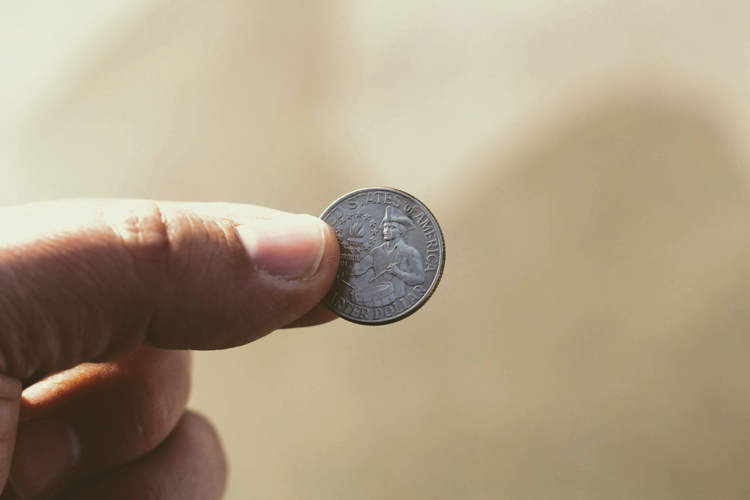The western world has the Transformers, Japan has Voltron, but what about China? Having decided they want their own transforming robot, a group of students went on to build an original Chinese Transformer. This one is for real, and it’s not even copied (I know, right?).
If you’ve studied Chinese history, the Three Kingdoms period, to be exact, or if you’ve played any of the Romance of the Three Kingdoms video games ( I know I did), than the name Guan Yu definitely rings a bell. He was one of Lord Liu Bei’s top generals, along with Zhang Fei, and was known for his combat skills, loyalty and righteousness.
A group of graduating students, from China’s Central Academy of Fine Arts, chose Guan Yu as the model for their original Transformer statue. Using the parts of an old Jiefang truck, for which they paid roughly $4,500, these talented students have created a 9.4-meters-tall, 4-ton-heavy Transformer. According to its creators, only his face and blade are original pieces, the rest all came from the truck.
To celebrate their achievement, the talented students also created a video of their awesome Guan Yu Transformer, in action. Check it out.
via 163.com





















